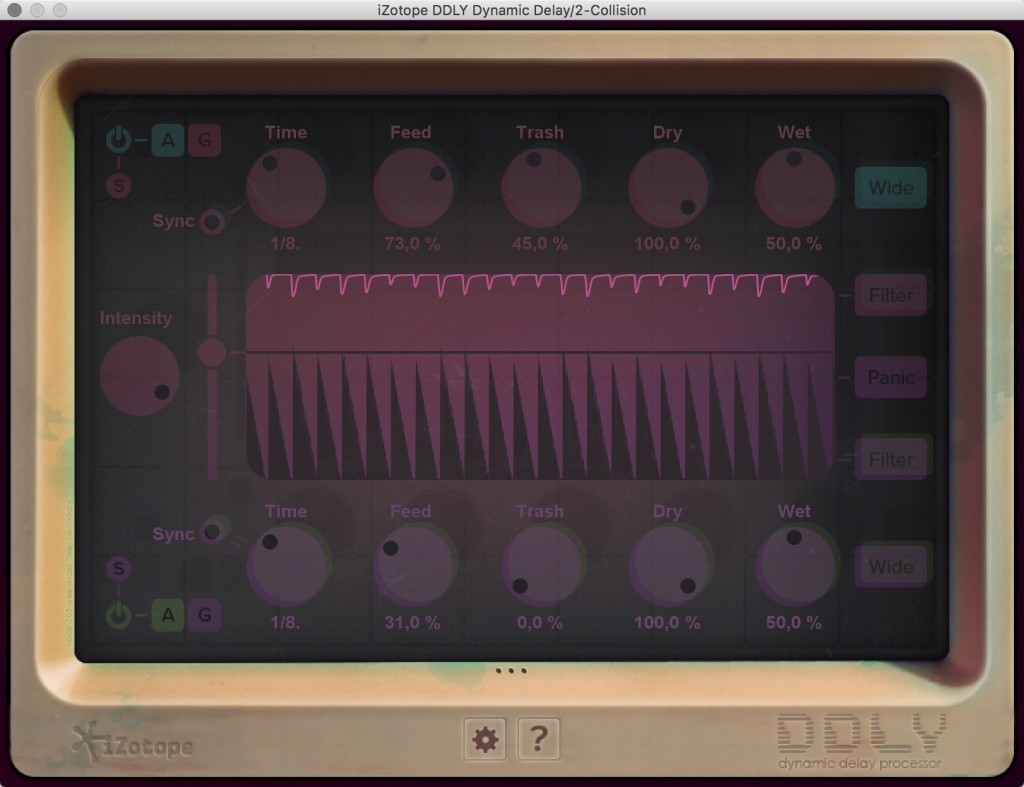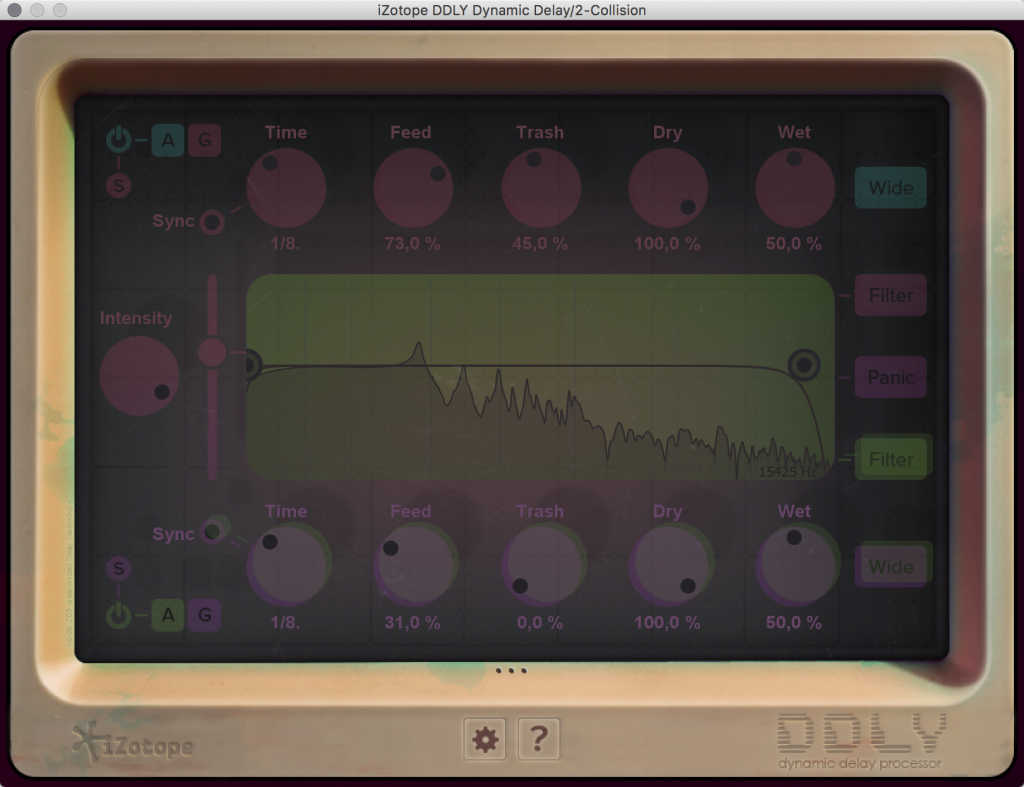iZotope has a new delay out, and like many plug-in developers of late, they’re using a limited time free offer to rise above the din of Internet noise. But while the new “DDLY Dynamic Delay” is free, it’s not something cut-down.
On the contrary: you might fall in love with this delay right away.
The basic idea is, DDLY is a “dynamic” delay — as in one that responds to dynamics. Now, of course, you could essentially create this with some clever routing of a dynamics processor to a delay, but integrating the two makes the process more intuitive.
The other clever feature of iZotope’s DDLY is the dual delay lines, which see at the top and the bottom of the plug-in. The granular delay path and modeled analog path each have their own character, and you can use them both at once. (It’s not a new idea – see, Audio Damage’s superb Discord3, which also features “clean,” “vintage,” and “granular” modes. But the signal flow, UI, and details here are a bit different. I like both.)
I know I was supposed to be doing something purposeful with the thing, but I immediately wanted to go wild with the delicious “Trash” and feedback settings. Overdriving the DDLY gives you some wonderful effects.
Here’s some sonic results from doing that:
For more sound examples, here’s iZotope. They do some granular stuff with a synth, which you can hear is unmistakably granular but has some details to the sound that’ll make it clear you aren’t using an Ableton preset again (cough, yes, producers, we can hear you!):
And a really nice example from them on drums:
iZotope are advertising the results as “cleaner” — but maybe that’s the point, actually, that it’s clean enough that extreme feedback settings remain usable.
You can hear just how clean in this example with guitar (again, with iZotope playing with this properly, rather than screwing around like me):
Before I sound entirely positive, there are a couple of peculiar things about DDLY. One, there’s a sort of translucent interface that make me feel like I’m going slightly blind. I’m not exactly sure what the intention was, but the UI looks like something out of a 90s first person shooter that was then displayed on a fading monitor. That’s too bad, as the visual feedback is quite usable.
Two, you don’t get preset saving. iZotope do point you to the ability to use a PDF to scratch down settings. I’m not sure what the rationale was here, but on the other hand, it makes sense that you really shouldn’t think too much about saving settings, since the whole idea of the plug-in is meant to be responding to particular source material in different ways.
All in all, it’s a beautiful plug-in, with that rare combination of subtle and extreme.
So, it’s free – what’s the catch?
You have to sign up with an email via iZotope. You don’t have to sign up for a newsletter, though (you can opt out of that when you register). I wound up “buying” the free download from Time & Space, which made me fill out a lot of contact info but also didn’t add any newsletters or ask for payment info. Then you get an email with a serial for authorization. You can use an iLok login optionally if you choose.
Time + Space product page (In case you already have a login there, you can grab it even quicker)
The plug-in will go to a (still reasonable) US$49 price after the 30-day intro (mid-March 2016), with a 10-day demo.
Screenshots: CDM.

